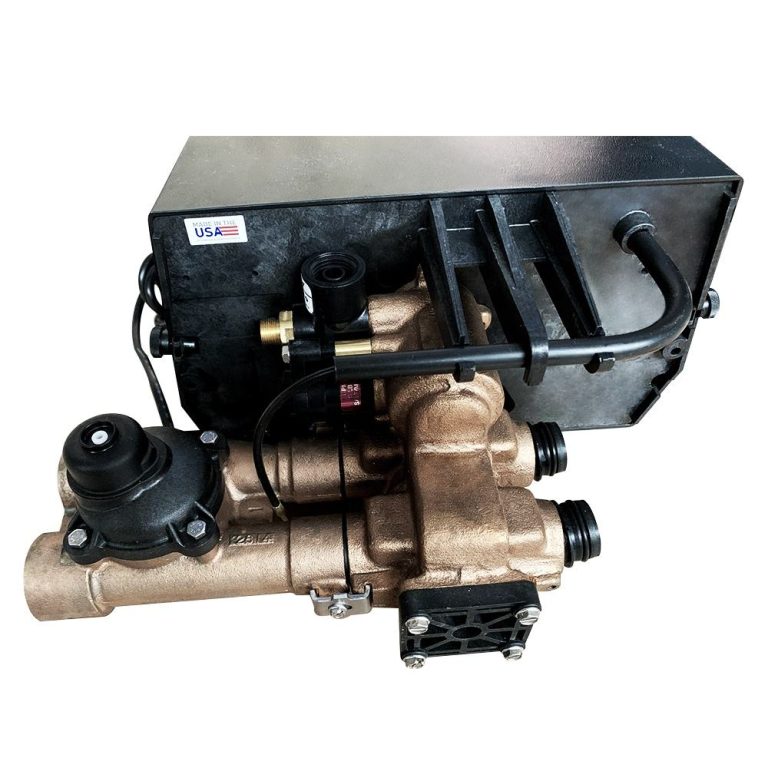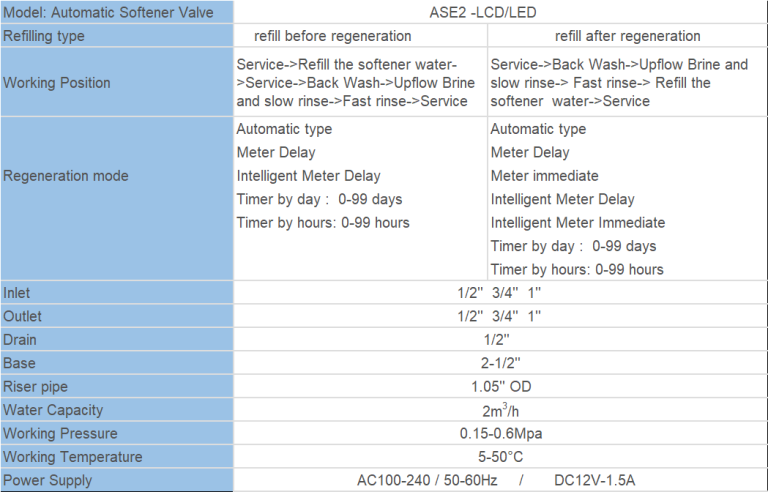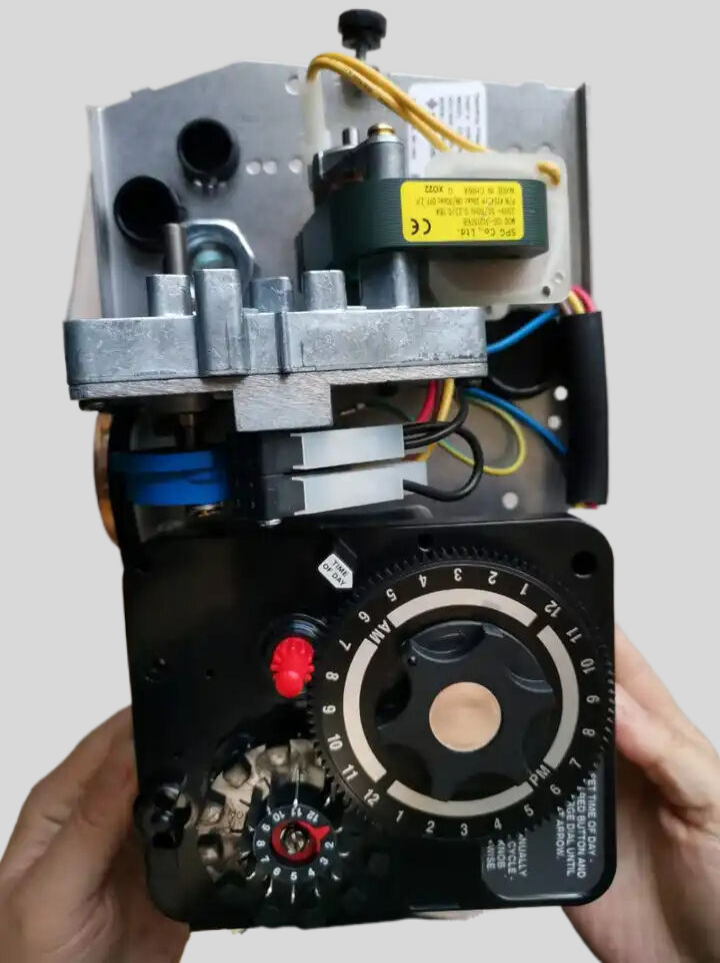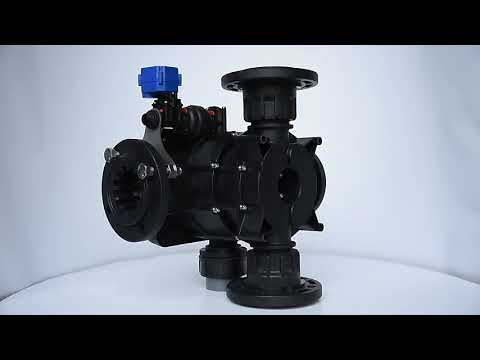Table of Contents
Understanding the Functionality and Applications of Y Type control valve
The Y type control valve, also known as the angle valve, is a crucial component in many industrial processes. It is designed to regulate the flow of fluids, gases, and steam in a variety of applications. The valve’s unique Y-shaped design allows for a straight, unobstructed flow path, which reduces pressure drop and turbulence, thereby enhancing its efficiency and durability.
The Y type control valve operates by using a movable disc or plug, which is connected to a stem. When the stem is moved by an actuator, it either opens or closes the valve, thereby controlling the flow of the medium. The actuator can be manual, pneumatic, hydraulic, or electric, depending on the specific application and requirements. The valve’s body, which is typically made of robust materials like stainless steel or cast iron, is designed to withstand high pressures and temperatures, making it suitable for harsh industrial environments.
One of the key advantages of the Y type control valve is its versatility. It can be used in a wide range of applications, from simple on-off operations to more complex flow control tasks. For instance, it is commonly used in power plants to control the flow of steam, in chemical plants to regulate the flow of corrosive fluids, and in oil and gas industries to manage the flow of petroleum products. Moreover, due to its compact design and easy maintenance, it is also a preferred choice in space-constrained applications.

Another significant benefit of the Y type control valve is its high flow capacity. Thanks to its streamlined flow path, it can handle large volumes of fluids or gases with minimal pressure loss. This makes it an ideal choice for applications that require high flow rates, such as water treatment plants or pulp and paper mills. Furthermore, its ability to handle slurry and viscous fluids makes it suitable for use in mining and food processing industries.
Despite its many advantages, the Y type control valve is not without its challenges. For instance, it can be prone to wear and tear due to the continuous flow of abrasive or corrosive mediums. Therefore, it is essential to conduct regular maintenance and inspections to ensure its optimal performance and longevity. Additionally, the selection of the right type of Y valve, with the appropriate size, material, and actuator, is crucial to meet the specific requirements of the application.
| Model | Central tube | Drain | Brine tank connector | Base | Maximum power | Operating temperature |
| 2850 | 1.9″(1.5″)O.D. | 1″NPTM | 3/8″&1/2″ | 4″-8UN | 72W | 1℃-43℃ |
In conclusion, the Y type control valve is a versatile and efficient solution for controlling the flow of fluids, gases, and steam in a variety of industrial applications. Its unique design allows for a straight, unobstructed flow path, which reduces pressure drop and turbulence, thereby enhancing its efficiency and durability. However, like any other industrial component, it requires regular maintenance and careful selection to ensure its optimal performance and longevity. With the right care and attention, the Y type control valve can significantly enhance the efficiency and reliability of industrial processes.
Key Factors to Consider When Choosing a Y Type control valve
The Y type control valve is a critical component in many industrial processes, playing a pivotal role in controlling the flow of fluids. When choosing a Y type control valve, several key factors must be taken into consideration to ensure optimal performance and longevity.
Firstly, the type of fluid that the valve will be controlling is of paramount importance. Different fluids have different properties, such as viscosity and corrosiveness, which can significantly impact the performance and lifespan of the valve. For instance, if the fluid is highly corrosive, a valve made from corrosion-resistant materials like stainless steel or alloy 20 would be the most suitable choice.
Secondly, the operating conditions under which the valve will be functioning should be carefully evaluated. This includes factors such as pressure, temperature, and flow rate. A valve that is not designed to withstand the operating conditions can fail prematurely, leading to costly downtime and potential safety hazards. Therefore, it is crucial to choose a valve that is rated for the specific operating conditions of your application.
Thirdly, the size of the valve is another critical factor to consider. The size of the valve should be compatible with the pipe size in your system to ensure a proper fit and efficient operation. A valve that is too small can restrict flow, while a valve that is too large can lead to inefficiencies and increased wear and tear.
Fourthly, the ease of maintenance and availability of replacement parts should also be taken into account. A valve that is difficult to maintain or for which replacement parts are hard to find can lead to increased downtime and higher operating costs. Therefore, it is advisable to choose a valve from a reputable manufacturer that offers good after-sales service and readily available spare parts.
| two tanks ZR | ||||
| Model | ZR4-1 | ZR4-1S | ZR10-1 | ZR10-1S |
| Output Max | 6T/H | 6T/H | 12T/H | 12T/H |
Fifthly, the cost of the valve is another important consideration. While it may be tempting to opt for the cheapest option, it is important to remember that the initial cost of the valve is only one part of the total cost of ownership. Other costs, such as maintenance, replacement parts, and potential downtime due to failure, should also be factored into the decision. Therefore, it is often more cost-effective in the long run to invest in a high-quality valve that offers reliable performance and longevity.
Lastly, the valve’s design should be considered. Y type control valves are available in various designs, each with its own set of advantages and disadvantages. For instance, some designs offer better flow control, while others are more durable or easier to maintain. The best design for your application will depend on your specific needs and operating conditions.

In conclusion, choosing a Y type control valve involves careful consideration of several key factors, including the type of fluid, operating conditions, valve size, ease of maintenance, cost, and design. By taking these factors into account, you can select a valve that will provide reliable performance, reduce downtime, and ultimately contribute to the efficiency and success of your industrial processes.






